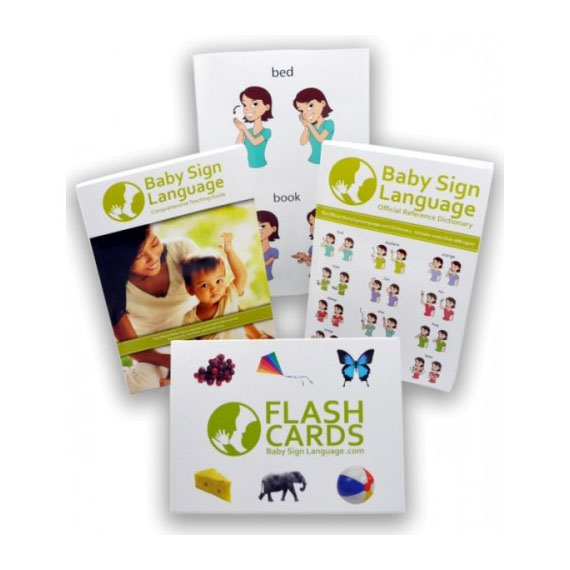Learning how to sign basic words and phrases in American Sign Language (ASL) can be a fun and rewarding experience. One common word that beginners often want to learn is how to sign “turkey,” especially around Thanksgiving when this bird takes center stage on most dinner tables. Luckily, signing “turkey” in ASL is pretty straightforward once you learn the basic sign.
The Standard Sign for “Turkey”
According to ASL sources, the standard sign for “turkey” mimics the wattle, which is the red fleshy growth under the chin of a male turkey. To sign “turkey,” make a “Q” or “G” hand shape with your dominant hand, with your thumb and forefinger together facing downward. Hold this handshape near your chin, then wiggle it a couple of times as if it were a wattle. Sometimes the “Q” handshape is also made facing outward rather than downward when signing “turkey.”
Here is a step-by-step breakdown for how to sign “turkey” in ASL:
- Make a “Q” or “G” hand shape with your dominant hand, with your thumb and forefinger together facing downward (or outward)
- Hold this handshape near your chin
- Wiggle the handshape a couple of times to mimic a turkey’s wattle
It’s important to wiggle the “Q” handshape when signing “turkey” to differentiate it from other signs made near the chin area. Making the motion distinguishes it as the sign for the animal turkey, rather than just the country Turkey.
Regional and Playful Variations
While the standard “Q” handshape wiggled under the chin is the most common sign for “turkey,” some regional or playful variations exist as well. One informal variation is to use a “T” handshape instead, held at the nose, then moved downward in a sort of “7” shaped motion to signify a turkey’s head and beak This is considered more of a playful sign, however, and isn’t used in formal ASL
Another fun variation is to use two handshapes – a “5” hand for the tail feathers and an “I” hand with the pinky side pressed against the palm of the “5” hand to represent the turkey’s neck and head. This playful version is often used by ASL students and teachers for fun but not by fluent deaf signers in everyday conversation.
Signing “Turkey” in Context
Once you learn the basic sign for “turkey,” you can start using it in simple ASL phrases and sentences. For example, you could sign:
- I ate turkey for Thanksgiving dinner
- The turkey was cooked in the oven
- We fed the turkeys corn yesterday
When signing about multiple turkeys rather than one turkey, you would use the same sign but with repeated motion rather than adding any plural marker. For example, “turkeys” would be signed by repeating the standard “turkey” sign several times.
Signing “turkey” near words like “Thanksgiving,” “November,” “eat,” or “dinner” helps provide context clues that you are talking about the animal rather than the country Turkey. Being able to distinguish meaning from context is an important aspect of conversing in ASL.
Putting It All Together
Learning how to sign basic vocabulary words like “turkey” can help you build a foundation for communicating in ASL. Start by learning the standard sign with a “Q” handshape wiggled under the chin. You can also explore playful regional variations for fun once you master the standard turkey sign. When signing “turkey,” remember to wiggle the handshape to differentiate it from similar signs in that area of the face and provide context clues if you want to convey the meaning of the animal rather than the country. With practice, signing “turkey” can become a natural part of your conversational ASL vocabulary.

Baby Sign Language Flash Cards
Get all four volumes of Baby Signing Time…

Baby Sign Language Standard Kit
Get all four volumes of Baby Signing Time…

Learn How to Sign Turkey in ASL | LearnHowToSign.org
FAQ
How do you make a turkey sign?
